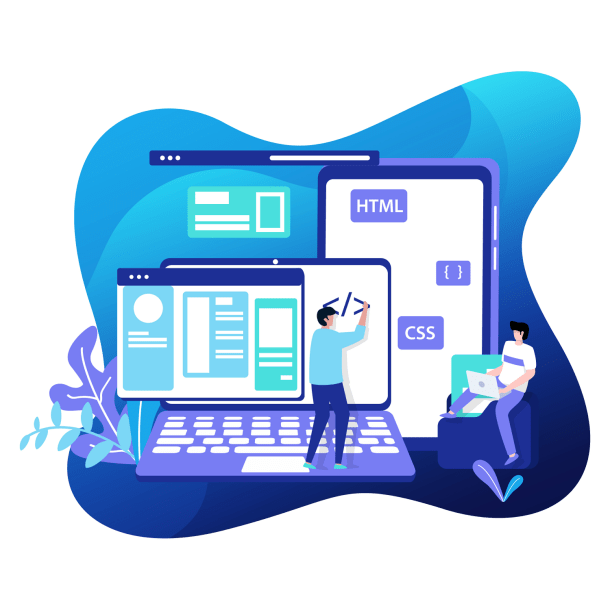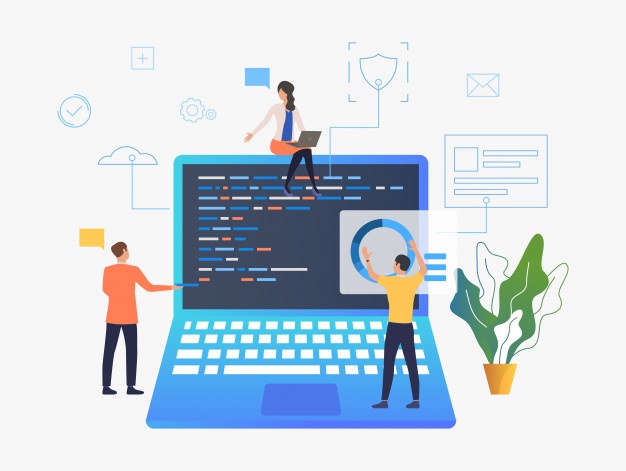By talking about web development, it is crucial to mention frameworks. The standards of web applications are increasing as time pass and the complexity of the technology too. Frameworks bring libraries of pre-written code and additional features, which allow developers to build rich and interactive web applications.
StackOverflow is a trendy developer website that comes out with insight surveys, which includes analysis of popular technologies, web frameworks, libraries, tools, databases, etc. By looking into all of these surveys, this article would show you the most popular web development frameworks among developers in 2020. Therefore, you must learn about new programming languages and frameworks in the web development industry.

Django – Python Framework
It is a framework that works around the quality of web applications. Django is generally used for the fast development of APIs and web applications. However, it works so much better for web apps with strong backend management. Also, if you deal with a lot of traffic on your site or app, Django is the best option.
Django becomes an excellent option for inventory management, CRM system, and social networking sites. SimilarTech states that 98,402 websites are using the Django framework. Here are some of the most popular companies that use Django:
- Opera
- Pixaby
- Prezi
- Disqus
Spring
It is a Model-View-Controller framework for Java-based applications. Spring is helpful when you manage dependable transactions, caching, security, or logging. For example, companies like Wix, TicketMaster, and BillGuard use this framework to boots their performance and let them scale much faster.
Laravel
It is PHP’s best web development framework that follows the Model-view-controller pattern and a whole featured backend framework. Developers usually work with Laravel to build strong functionalities such as authentication, API integration, running usual vulnerabilities, enabling automation web testing, and caching.
Laravel has the ability to real-time event broadcasting and to create a robust background and job processing. It works essentially with web apps such as online communities, e-commerce sites, social networking apps, CRM, and CMS systems.

React
React is not a framework, but it is a frontend javascript library created by Facebook developers. Even though many developers consider React as a framework because of its outstanding component-based architecture. For example, companies like Facebook, Instagram, Netflix, and Apple use it. React supports different tech and languages which allows the combination of new features. Also, it has a fast interpretation of HTML based code into the actual page layout.
Angular
It is a high demanded frontend framework which was developed by Google. It runs on JavaScript which is helpful building single page websites. Angular uses HTML to build user interfaces and breaks functionality in modules. Also, this framework supports the latest version of Chrome, Firefox, Edge, Android, and iOS.
Express
It is the number one framework on Node.js which takes a minimalist and fast approach to web development. Companies like Accenture, IBM, and Uber use this kind of framework because of its flexibility, support full applications, and REST API.
Vue.js
Vue.js framework is the most recent one for web development, which it’s getting popular among developers because of its incredible features. It is a progressive framework which means that your existing project can be adapted to Vue without any problem. Vue has a CLI project generator with an intuitive wizard that makes this adaptation possible. This happens due to its simple core functionality that can be improved with libraries, add-ons, and APIs.
Get into the next level of web development! Glajumedia has the experience and expertise to get your business to the next level.










